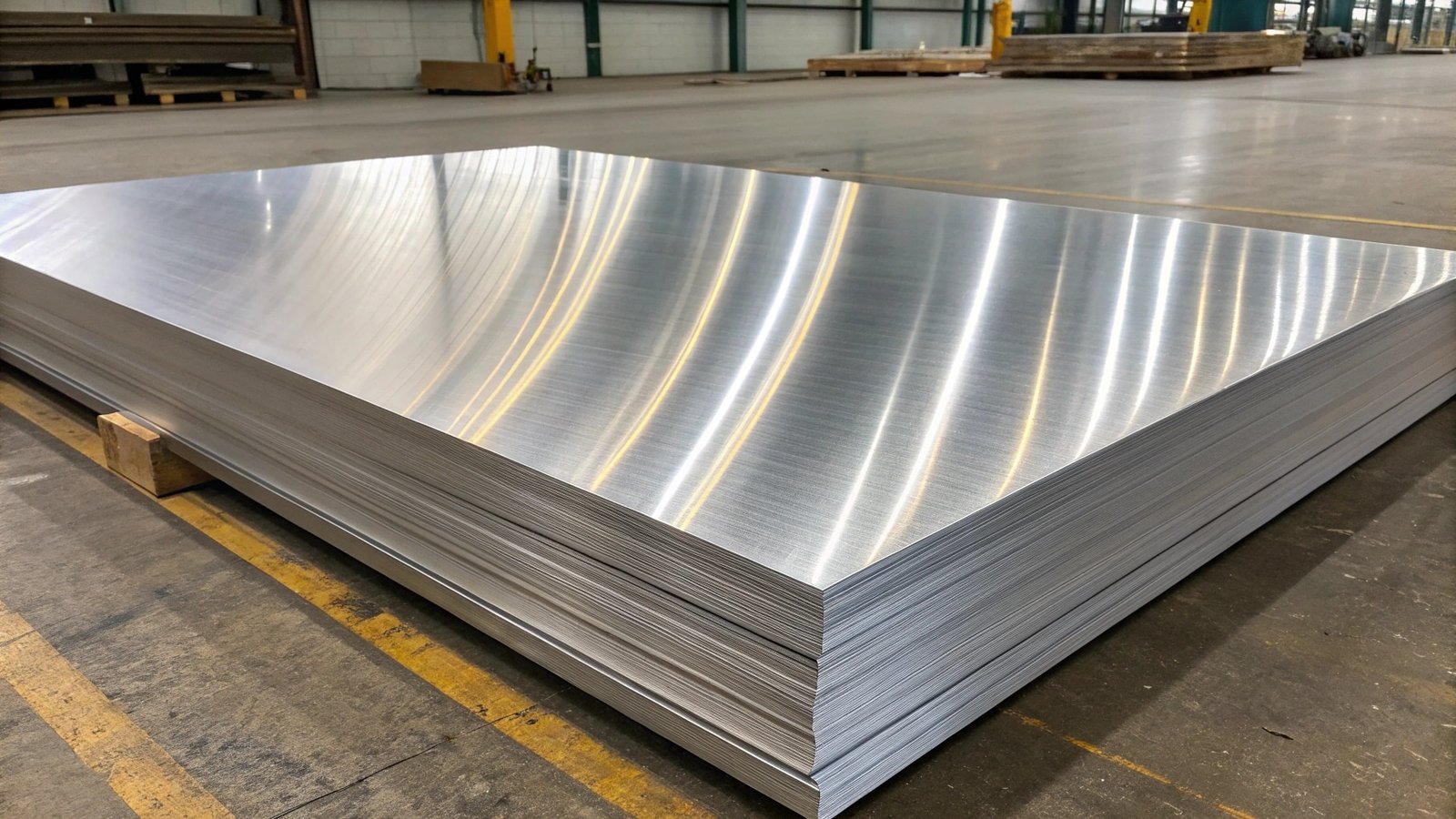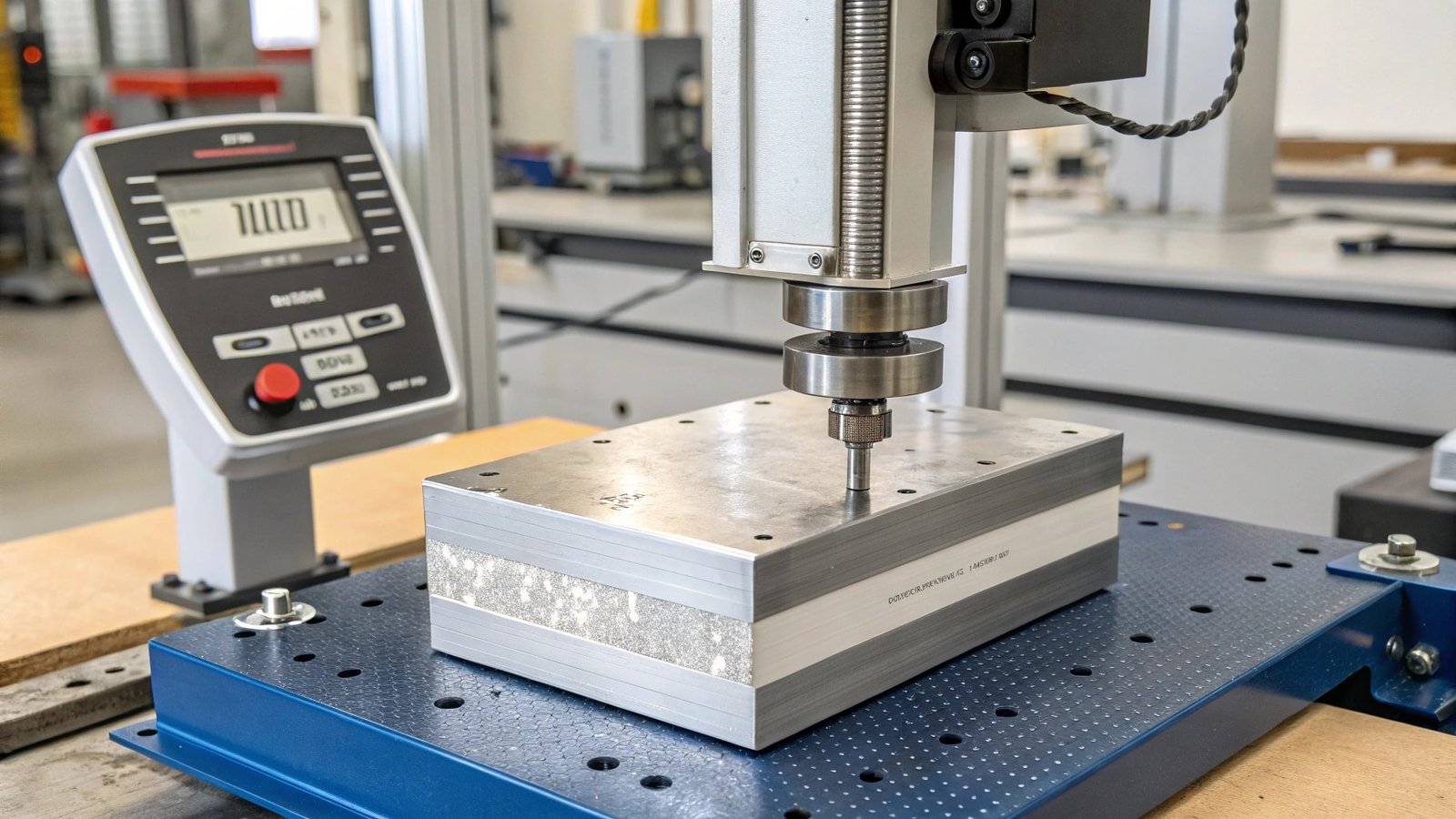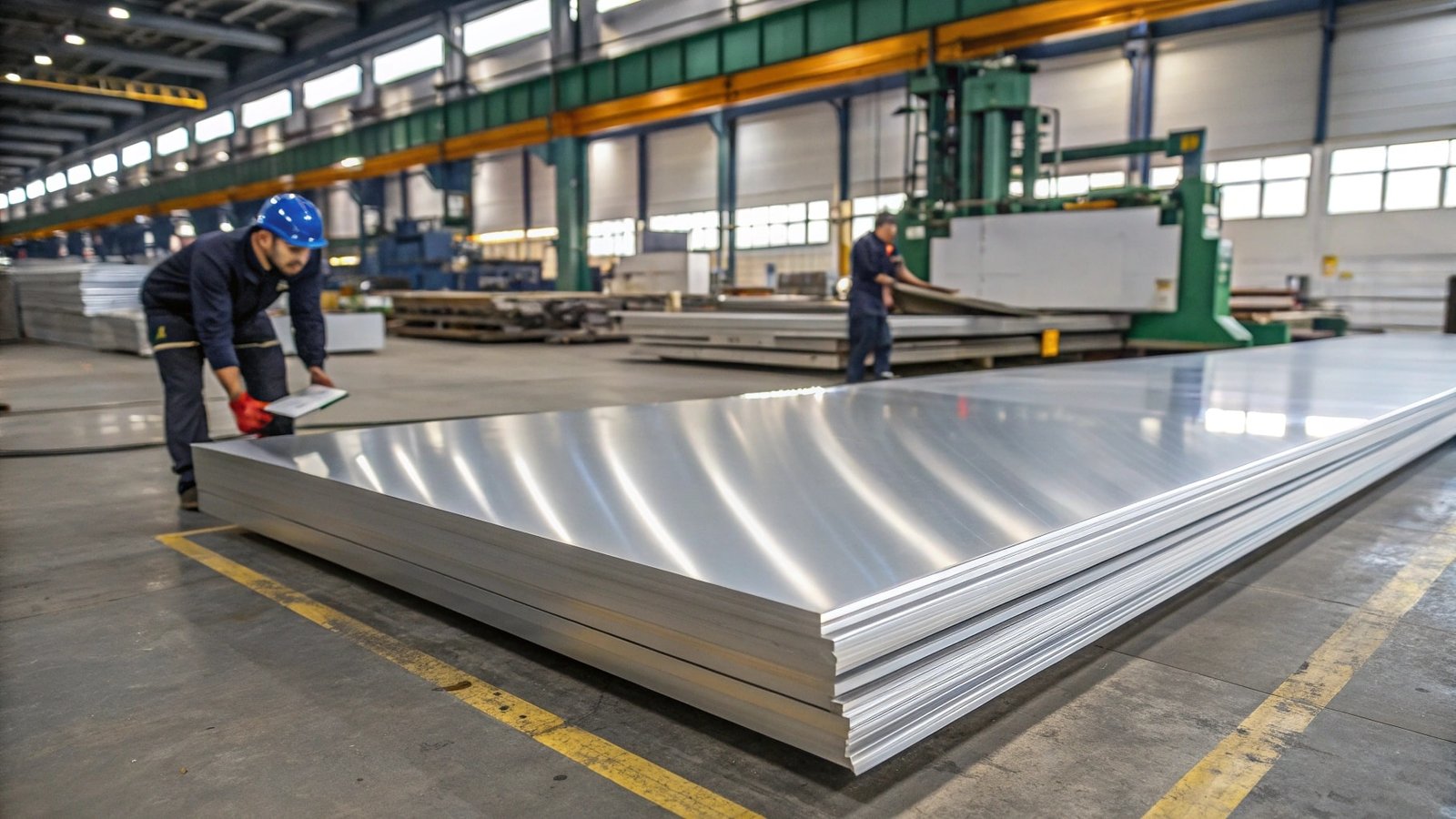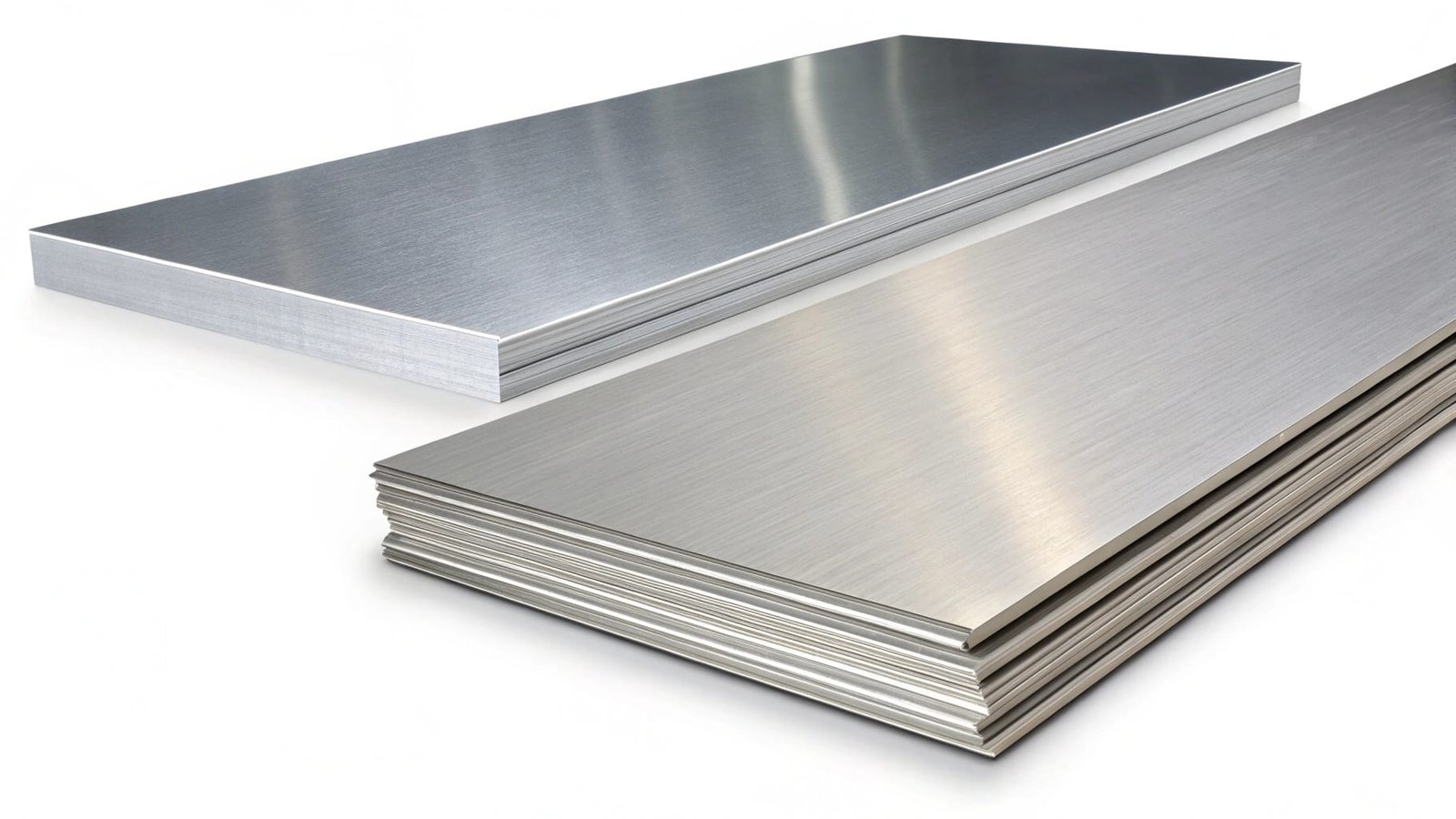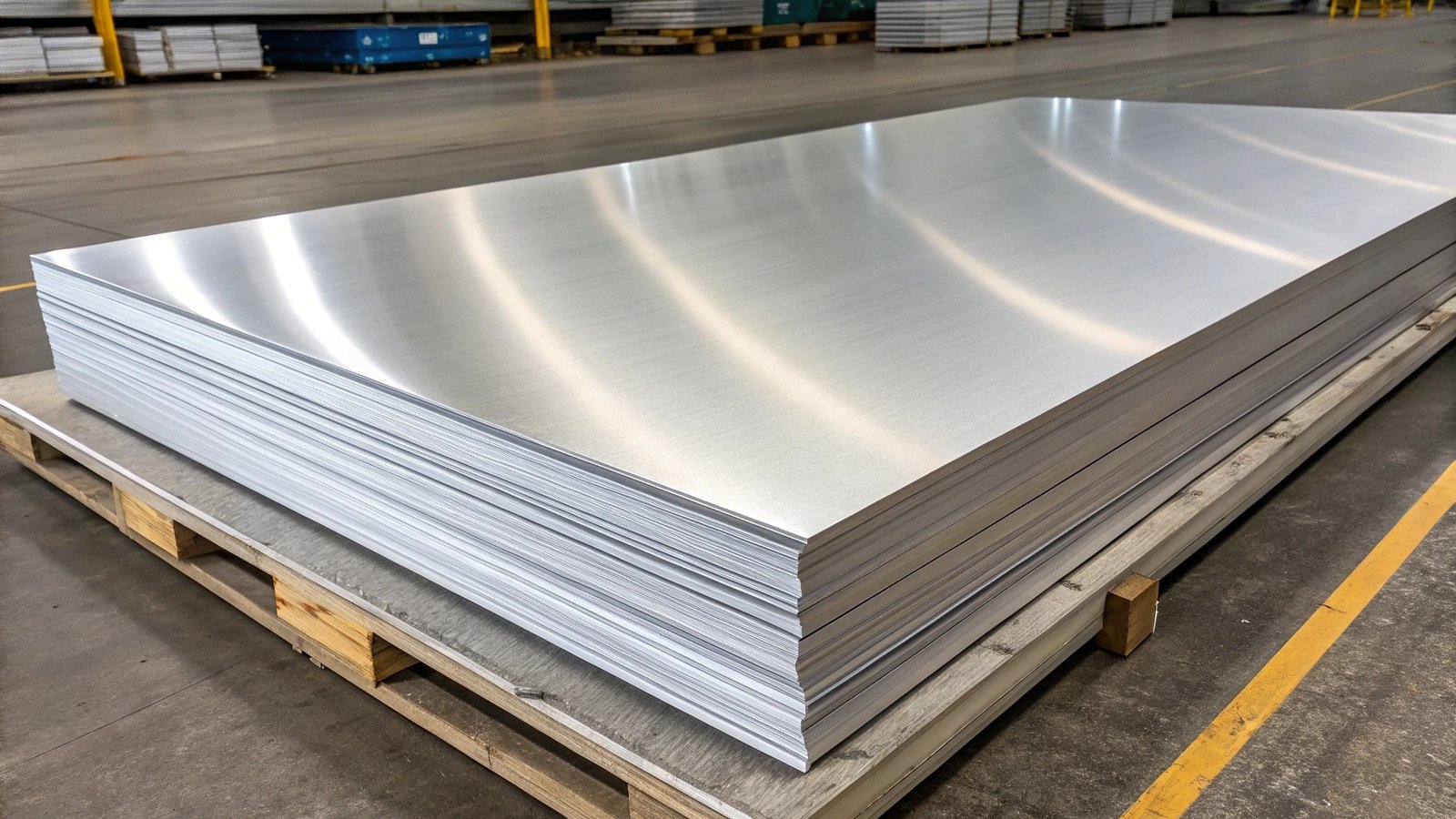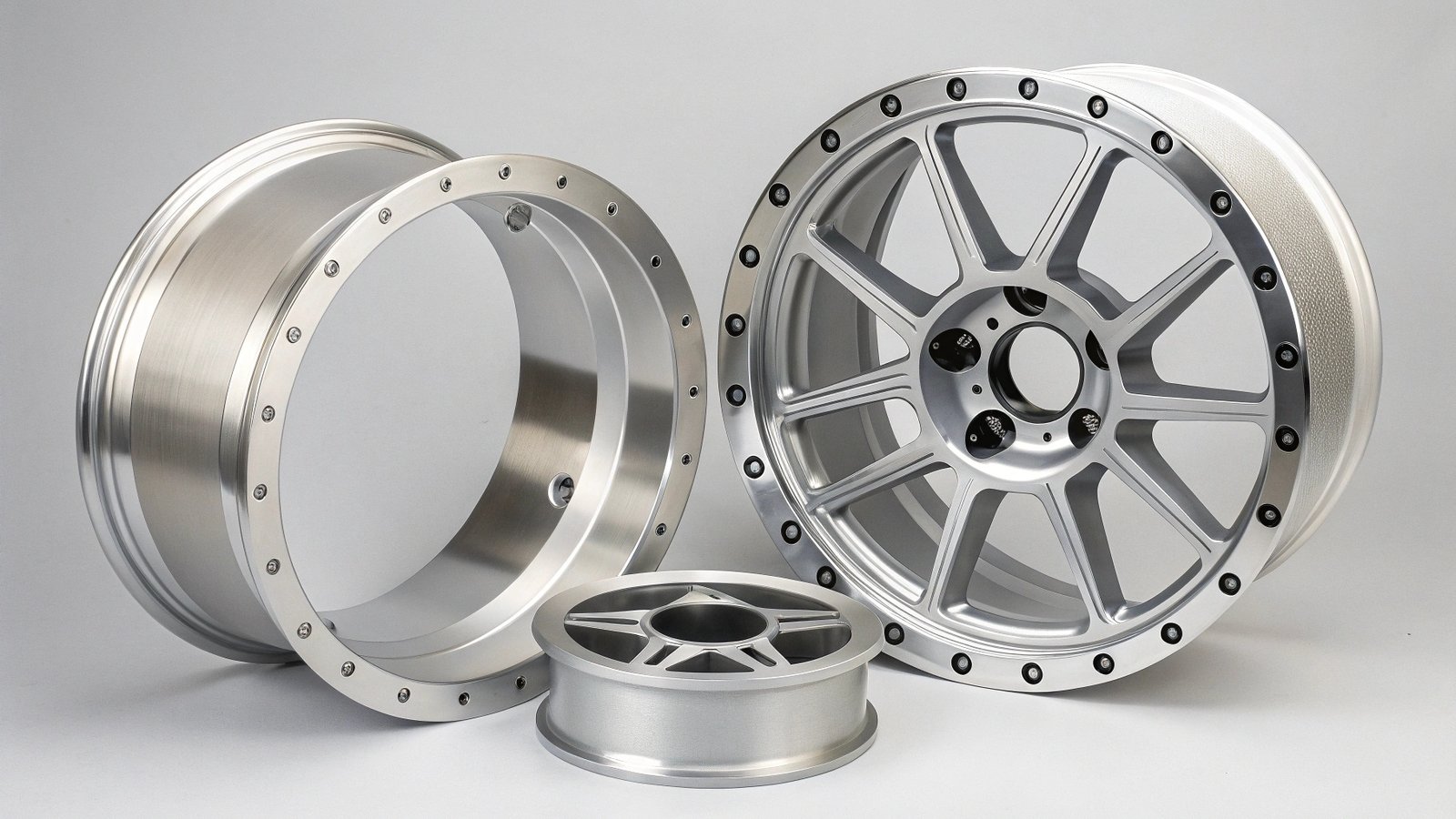Aluminum alloys are prized for their excellent strength-to-weight ratio, corrosion resistance, and versatility. When "hardness" or "strength" is paramount, certain grades stand out due to their specific alloying elements and heat treatment capabilities. These alloys are critical in demanding applications ranging from aerospace to high-performance sporting goods. Here's a rundown of ten of the hardest and strongest aluminum alloy grades widely recognized in the industry.
Disclaimer: The "hardness" and "strength" of aluminum alloys can vary significantly based on their temper (heat treatment condition, e.g., T6, T73) and form (e.g., plate, extrusion). This list focuses on grades known for achieving high values in these properties.
7068 Aluminum Alloy
Primary Alloying Elements: Zinc, Magnesium, Copper
Key Characteristics: Often considered one of the strongest commercially available aluminum alloys, 7068 boasts exceptional tensile and yield strength, surpassing many common steel grades. It offers a remarkable strength-to-weight ratio.
Typical Applications: High-stress applications like connecting rods in racing engines, performance bicycle components, firearm components, and other scenarios where maximum strength with minimum weight is critical.
Considerations: Can be more challenging to machine and weld compared to more common alloys.
7075 Aluminum Alloy
Primary Alloying Elements: Zinc, Magnesium, Copper
Key Characteristics: A very high-strength alloy widely used in aerospace and defense. It has excellent fatigue strength and a good strength-to-weight ratio. The T6 temper is particularly popular for its high strength.
Typical Applications: Aircraft structures (wings, fuselages), missile parts, high-performance bicycle frames, rock climbing equipment, and molds for plastics.
Considerations: Lower corrosion resistance compared to 5xxx or 6xxx series alloys; not generally recommended for welding.
7050 Aluminum Alloy
Primary Alloying Elements: Zinc, Magnesium, Copper, Zirconium
Key Characteristics: Developed as an improvement over 7075, particularly in terms of toughness and resistance to stress corrosion cracking (SCC), especially in thicker sections. It maintains high strength.
Typical Applications: Heavy plate applications in aerospace, such as fuselage frames, bulkheads, and wing skins where SCC resistance is crucial.
Considerations: Similar to 7075 in terms of weldability and general corrosion resistance.
2024 Aluminum Alloy
Primary Alloying Elements: Copper, Magnesium, Manganese
Key Characteristics: A high-strength, "aircraft alloy" known for its good fatigue resistance, especially in T3 and T4 tempers. It offers good machinability.
Typical Applications: Aircraft structures (especially fuselage and wing tension members), truck wheels, gears, and other structural applications requiring high strength and good fatigue performance.
Considerations: Poor corrosion resistance compared to most other aluminum alloys, often requiring cladding (Alclad) or protective coatings. Not generally weldable.
2219 Aluminum Alloy
Primary Alloying Elements: Copper, Manganese, Vanadium, Zirconium, Titanium
Key Characteristics: Notable for its good strength at elevated temperatures (up to 300°C or 572°F) and excellent weldability, which is rare for high-strength 2xxx series alloys. It also has good machinability.
Typical Applications: Aerospace applications including rocket fuel and oxidizer tanks (like the Space Shuttle's external tank), high-strength weldments, and structural components exposed to high temperatures.
Considerations: Lower corrosion resistance than 5xxx or 6xxx series alloys.
2014 Aluminum Alloy
Primary Alloying Elements: Copper, Silicon, Magnesium, Manganese
Key Characteristics: A high-strength alloy with good machinability. It can achieve high strength through heat treatment (e.g., T6 temper).
Typical Applications: Heavy-duty forgings, plate, and extrusions for aircraft fittings, wheels, truck frames, and structural components.
Considerations: Fair corrosion resistance; welding is generally not recommended.
2618A (or 2618) Aluminum Alloy
Primary Alloying Elements: Copper, Magnesium, Iron, Nickel
Key Characteristics: Specifically designed for good mechanical properties at elevated temperatures. It maintains strength well up to around 230°C (446°F).
Typical Applications: High-performance engine pistons (especially in motorsport), aircraft engine components, and other applications requiring strength at high operating temperatures.
Considerations: Lower corrosion resistance; specialized applications.
6082 Aluminum Alloy
Primary Alloying Elements: Magnesium, Silicon, Manganese
Key Characteristics: The highest strength alloy in the 6xxx series, often referred to as a "structural alloy." It has excellent corrosion resistance, good weldability, and good machinability.
Typical Applications: Highly stressed structural applications such as trusses, bridges, cranes, transport applications, and offshore structures. It's a common alternative to 6061 in Europe.
Considerations: Slightly reduced formability compared to 6061.
6061 Aluminum Alloy
Primary Alloying Elements: Magnesium, Silicon
Key Characteristics: Perhaps the most versatile and widely used heat-treatable aluminum alloy. It offers good strength, excellent corrosion resistance, good weldability, and good formability.
Typical Applications: A vast range of applications including structural components, bicycle frames, boat hulls, automotive parts, pipelines, and architectural extrusions.
Considerations: While strong, it's not as high-strength as the 7xxx or 2xxx series alloys.
5083 Aluminum Alloy
Primary Alloying Elements: Magnesium, Manganese, Chromium
Key Characteristics: Known for exceptional performance in extreme environments and is one of the strongest non-heat-treatable aluminum alloys. It offers excellent corrosion resistance, especially to seawater, and good weldability.
Typical Applications: Marine applications (shipbuilding, boat hulls), rail cars, truck bodies, pressure vessels, and cryogenic applications.
Considerations: Not heat-treatable for strengthening; strength is achieved through strain hardening (H tempers).
Choosing the right "hard" aluminum alloy depends heavily on the specific requirements of the application, including the operating environment, manufacturing processes (like welding or forming), and the precise balance of strength, toughness, and corrosion resistance needed. Always consult material datasheets and engineering experts for critical applications.


